Incidence, diagnosis and management of tubal and nontubal ectopic pregnancies: a review
- PMID: 28620520
- PMCID: PMC5424401
- DOI: 10.1186/s40738-015-0008-z
Incidence, diagnosis and management of tubal and nontubal ectopic pregnancies: a review
Abstract
Background: Ectopic pregnancy is a potentially life-threatening condition occurring in 1-2 % of all pregnancies. The most common ectopic implantation site is the fallopian tube, though 10 % of ectopic pregnancies implant in the cervix, ovary, myometrium, interstitial portion of the fallopian tube, abdominal cavity or within a cesarean section scar.
Findings: Diagnosis involves a combination of clinical symptoms, serology, and ultrasound. Medical management is a safe and effective option in most clinically stable patients. Patients who have failed medical management, are ineligible, or present with ruptured ectopic pregnancy or heterotopic pregnancy are most often managed with excision by laparoscopy or, less commonly, laparotomy. Management of nontubal ectopic pregnancies may involve medical or surgical treatment, or a combination, as dictated by ectopic pregnancy location and the patient's clinical stability. Following tubal ectopic pregnancy, the rate of subsequent intrauterine pregnancy is high and independent of treatment modality.
Conclusion: This review describes the incidence, risk factors, diagnosis, and management of tubal and non-tubal ectopic and heterotopic pregnancies, and reviews the existing data regarding recurrence and future fertility.
Keywords: Ectopic pregnancy; Heterotopic pregnancy; Nontubal ectopic pregnancy.
Figures
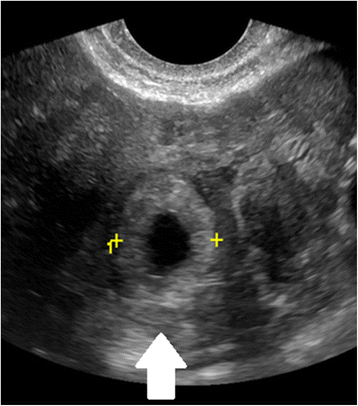
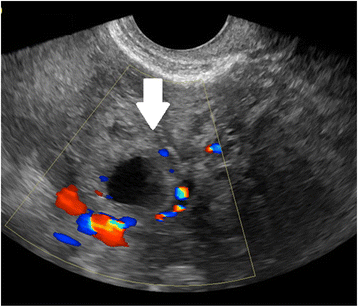
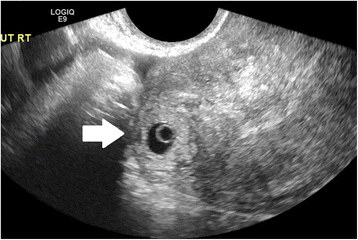

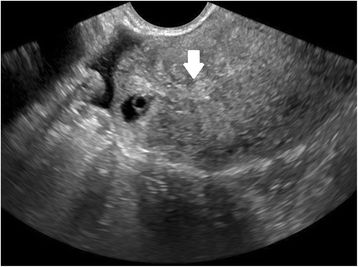
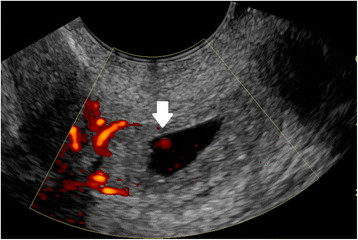
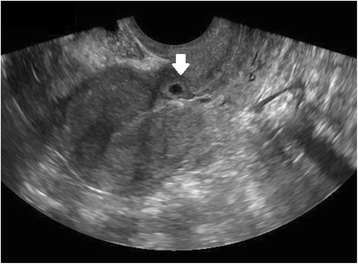
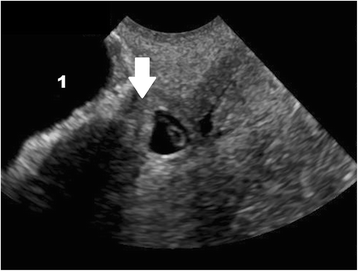
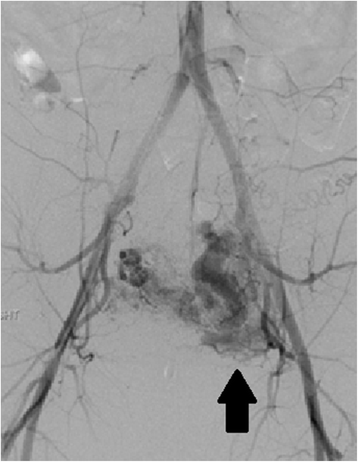
Similar articles
-
Cornuostomy and Cornuectomy: Laparoscopic Management of Interstitial Ectopic Pregnancies.J Minim Invasive Gynecol. 2020 Nov-Dec;27(7):1480-1481. doi: 10.1016/j.jmig.2020.04.008. Epub 2020 Apr 11. J Minim Invasive Gynecol. 2020. PMID: 32289556
-
Non-tubal Ectopic Pregnancies: Overview and Treatment via Local Injection.J Minim Invasive Gynecol. 2018 Feb;25(2):287-296. doi: 10.1016/j.jmig.2017.07.008. Epub 2017 Jul 20. J Minim Invasive Gynecol. 2018. PMID: 28734972 Review.
-
Nontubal ectopic pregnancies: overview of diagnosis and treatment.Fertil Steril. 2023 Sep;120(3 Pt 2):553-562. doi: 10.1016/j.fertnstert.2023.07.014. Epub 2023 Jul 24. Fertil Steril. 2023. PMID: 37495011 Review.
-
Ectopic pregnancy.Clin Obstet Gynecol. 1985 Jun;28(2):365-74. doi: 10.1097/00003081-198528020-00014. Clin Obstet Gynecol. 1985. PMID: 2410172
-
Guideline No. 414: Management of Pregnancy of Unknown Location and Tubal and Nontubal Ectopic Pregnancies.J Obstet Gynaecol Can. 2021 May;43(5):614-630.e1. doi: 10.1016/j.jogc.2021.01.002. Epub 2021 Jan 13. J Obstet Gynaecol Can. 2021. PMID: 33453378
Cited by
-
Characterization of oviduct ciliary beat frequency using real time phase resolved Doppler spectrally encoded interferometric microscopy.Biomed Opt Express. 2019 Oct 11;10(11):5650-5659. doi: 10.1364/BOE.10.005650. eCollection 2019 Nov 1. Biomed Opt Express. 2019. PMID: 31799037 Free PMC article.
-
The Prevalence of Ectopic Gestation: A Five-Year Study of 1273 Cases.Int J Gen Med. 2021 Dec 14;14:9657-9661. doi: 10.2147/IJGM.S344648. eCollection 2021. Int J Gen Med. 2021. PMID: 34934342 Free PMC article.
-
Ectopic pregnancy in the ampulla of the fallopian tube at 16 gestational weeks: lessons from a case report.Afr Health Sci. 2020 Dec;20(4):1895-1897. doi: 10.4314/ahs.v20i4.47. Afr Health Sci. 2020. PMID: 34394255 Free PMC article.
-
Abdominal Pain Mimics.Emerg Med Clin North Am. 2021 Nov;39(4):839-850. doi: 10.1016/j.emc.2021.07.003. Epub 2021 Sep 10. Emerg Med Clin North Am. 2021. PMID: 34600641 Free PMC article. Review.
-
Viral infection and its impact on fertility, medically assisted reproduction and early pregnancy - a narrative review.Reprod Biol Endocrinol. 2025 May 13;23(1):68. doi: 10.1186/s12958-025-01392-1. Reprod Biol Endocrinol. 2025. PMID: 40361168 Free PMC article. Review.
References
-
- Hoffman BL, Schorge JO, Schaffer JI, Halvorson LM, Bradshaw KD, Cunningham F, et al. Chapter 7. Ectopic pregnancy. In: Hoffman BL, Schorge JO, Schaffer JI, Halvorson LM, Bradshaw KD, Cunningham F, Calver LE, et al., editors. Williams gynecology. 2. New York: McGraw-Hill; 2012.
Publication types
LinkOut - more resources
Full Text Sources
Other Literature Sources
Medical

